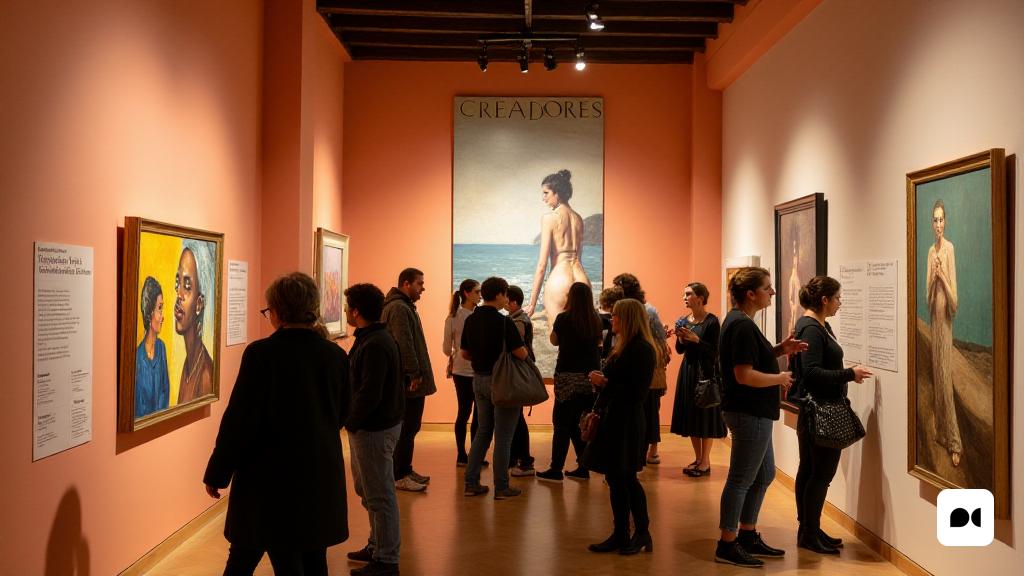An exhibition that claims female talent
Until June 22, the Diocesan Museum of Barcelona presents ‘Creators’, an exhibition that highlights fifty works by female artists who have contributed to the world of art from the end of the 19th century to the present. Helena Alonso, the curator of the show, said that historically, women have often been relegated to a muse, while now their role is claimed as an active creator.
Works that speak of diversity and complexity
This exhibition not only illustrates the work of women such as Marie Laurencin, Dora Maar, and Helen Frankenthaler, but also explores his works through a multidisciplinary approach. Visitors will be able to appreciate a rich variety of techniques and topics that reflect the diversity of voices and experiences of the artists.
Artists from different corners of the world
The selection of artists includes representatives from Germany, Belgium, Brazil, Spain, France and the United States, with a special focus on those who have maintained a significant link with Barcelona. A prominent example is the sculpture ‘The wounded star’ of Rebecca Horn, which has become an emblem of the beach of Barceloneta.
Recovering forgotten voices
Helena Alonso emphasizes the importance of recovering artists who have been forgotten or who have been remembered only for their relationships with prominent male figures such as Diego Rivera or Pablo Picasso. The exhibition seeks to emphasize that these women have played a key role in avant -garde movements and the evolution of modern art.
Key pieces that captivate
Among the most notable works are ‘La Bassa and the red figure’ by Carmen Laffón, ‘Prayer Man’ by Dora Maar, and ‘Cosmic landscape’ by Cecile Reims. In addition, the exhibition presents lithographs by Françoise Gilot and Sonia Delaunay, who incorporates influences from Dadaism, thus enriching the visual discourse presented.
A dialogue with the past and future
In addition to celebrating the talent of these artists, the exhibition invites attendees to reflect on collective memory and the importance of claiming the role of women in the history of art. The exhibition is an opportunity to rethink the narratives we have inherited and to value the contributions of those that have been too often ignored.

